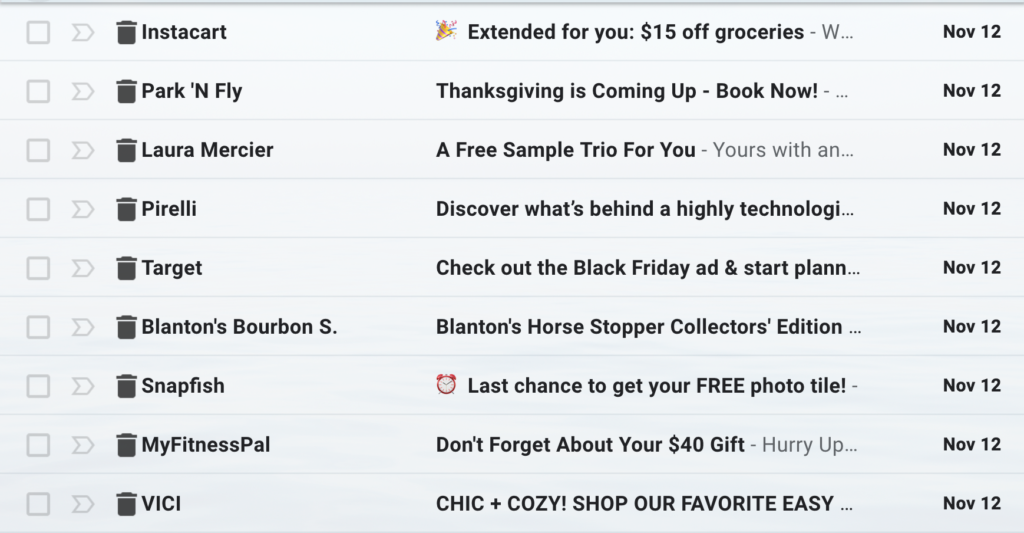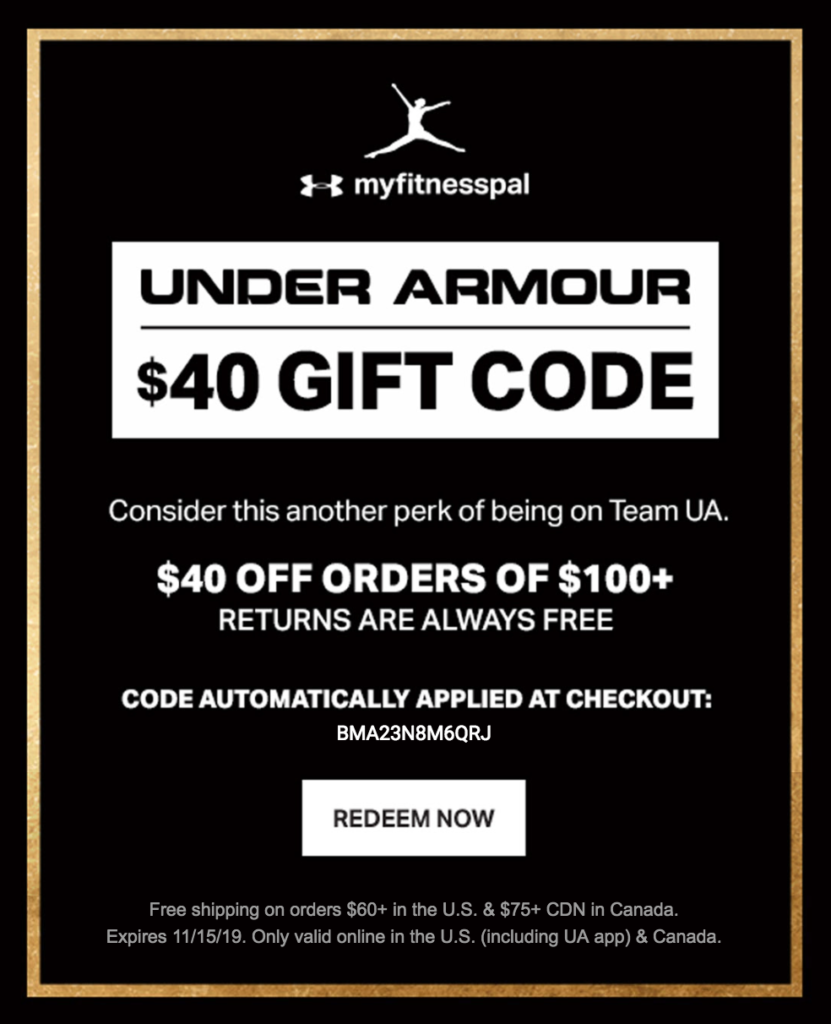Email marketing can be a great way to reach a large audience and turn leads into customers, but it can also be an easy way to alienate your audience if you don’t use emails correctly. 69% of users unsubscribe to promotional emails because their inbox is bombarded, so the frequency and quality of emails definitely plays a huge role in the effectiveness of email marketing. Unfortunately, there’s not an exact number of emails you should send, or an exact perfect time to send them. A lot of times you’ll just need to experiment with your audience, ask for their feedback, and then learn through trial and error. However, there are some best practices you can look to when trying to optimize your email marketing campaign.
The timing of your emails should be based on the niche of your business.
Daily news sites should send out email updates daily. Snow plowing businesses will be more active in the winter as opposed to the summer. Retail companies should up their email frequency around big shopping days like Black Friday and Cyber Monday. Think about what it is you’re offering to your customers, and then determine the most optimal time(s) to offer it to them. It never hurts to look at your competitors and see when they’re sending out emails as well, although your strategy should be targeted to your business needs.
Let your customers determine the frequency at which they receive emails.
Chances are you’ve gone to unsubscribe from an email list and been presented with a list of options: “unsubscribe”, “receive emails daily”, “receive emails weekly”, “only receive [blank] emails”, etc. That’s because many businesses have seen success when they’ve let their customers choose exactly how often they get emails. Oftentimes when a consumer goes to unsubscribe from an email list, it’s not because they want to sever complete communication from a company, it’s because they’re unhappy with the current communication. Either they’re receiving too many emails or the emails aren’t targeted enough to their needs. Regardless of the reason, it’s important to garner customer feedback and then let them tailor their email marketing experience.
Split your subscribers into multiple groups when experimenting with email frequency.
If you’re trying to find the sweet spot of how many emails is too many, consider splitting your subscribers into 2 groups. Keep one group as a control group and continue to send them emails at the same rate of frequency that you’ve been doing. Then use the second group as your experimental group, and either increase or decrease the rate of emails based on your goals and hypothesis. Then, monitor the email engagement of both groups over a period of time, such as one or two months. Keep track of data on click rates, unsubscribe rates, and conversion rates. Then compare the data after the trial and you should have a good idea of which group was more successful.
You can also split your email list into groups when you’re not experimenting with frequency. Send more emails to your subscribers who have a high engagement rate, and less to those who don’t. This can be done quickly and easily through automation. The people who want to receive frequent updates will get them, and those who don’t can still receive email reminders every month or so so that they don’t forget about your business, but they’re much less likely to unsubscribe if they’re not inundated with emails and promotions that they don’t care about.
Frequency doesn’t mean anything if what you’re sending isn’t quality.
Finally, it doesn’t matter if you determine the exact perfect number of emails to send and the exact perfect timing in which to send them: if you’re not sending out quality emails, your consumers are going to unsubscribe. They want emails that are tailored to their needs, interests, and purchasing behavior, not generic promotions that are meant to target large audiences and that don’t offer them anything of value. Instead of constantly sending out content regarding new products or services, be creative in how you market to your audience. Consumers like it when they receive the following types of emails:
- Birthday greetings (especially with a coupon or discount code attached)
- Customer testimonials about real people who have had experiences with your business
- Interesting blog posts about a topic related to your business niche
- Important updates about your business such as a change in hours, location, or contact info
- Updates about upcoming sales or promotions (it doesn’t hurt to give email subscribers a chance to access these promotions before the general public, as well).
- Interactive emails
Check out this post to learn more ways to take your email marketing to the next level!
The approach you take to email marketing is going to be different from that of your neighbor, or of your competition. You have to decide what’s going to work best for your specific business, and a great way to do that is by eliciting customer feedback as well as testing different email frequencies across segmented groups of subscribers. But in the end if what you’re sending is of good quality, your subscribers will be receptive to it. And don’t forget, even if they’re not clicking on the email that doesn’t mean it’s not effective. Oftentimes just seeing the name of a business and a catchy headline in an inbox is enough to keep the company at the forefront of the customer’s mind.
How often do you email your subscribers? We’d love to hear from you! Comment in the section below.
feature image credit: Canva.com
images 1-3 taken from author’s email




